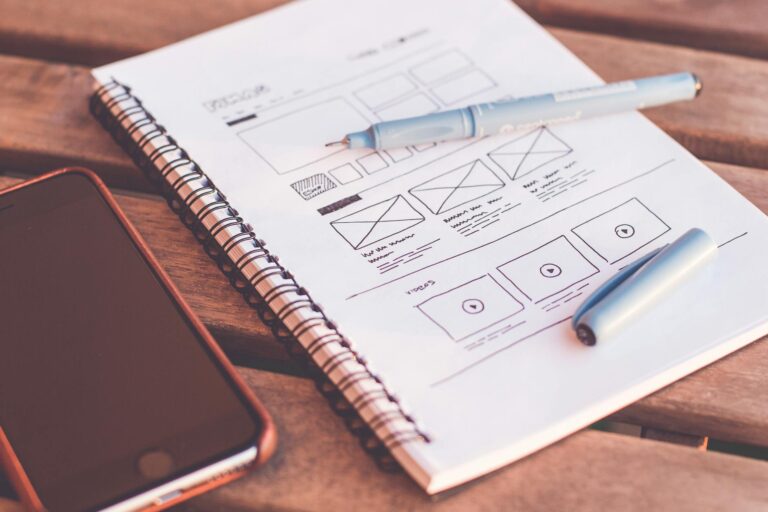Designing for the Future: Embracing Innovative Trends


As we step into the future, the world of design is evolving at an unprecedented pace, fueled by emerging technologies, shifting societal values, and the need for innovative solutions. In this article, we’ll explore the exciting design trends that are shaping the future, from cutting-edge technologies to sustainable and user-centric approaches.
Emerging Design Trends
The design landscape is dynamic, and staying ahead requires an understanding of emerging trends. Some key trends include:
- Biophilic Design: Integrating natural elements into design for a more harmonious and calming user experience.
- Neomorphic Design: A trend characterized by soft, minimalist elements and a focus on simplicity and accessibility.
- Data Visualization Design: Presenting complex data in visually compelling and easy-to-understand formats.
Incorporating Technology in Design
Technology is a driving force in shaping the future of design. Embracing advancements such as Augmented Reality (AR), Virtual Reality (VR), and the Internet of Things (IoT) opens new possibilities for creating immersive and interactive experiences.
Sustainable and Eco-Friendly Design
In a world increasingly concerned with environmental impact, sustainable design practices are gaining prominence. From eco-friendly materials to energy-efficient design solutions, sustainability is becoming a cornerstone of innovative design.
Interactive and Immersive Design Experiences
User engagement is evolving beyond traditional interfaces. Interactive and immersive design experiences, such as gamification and virtual tours, are creating more dynamic and memorable interactions between users and products.
Futuristic User Interfaces (UI)
The future of UI design is marked by innovation. Futuristic UIs leverage gestures, voice commands, and AI-driven personalization to create seamless and intuitive interactions.
Artificial Intelligence (AI) in Design
AI is revolutionizing the design process. From automated design suggestions to predictive analytics, AI tools enhance creativity and efficiency, allowing designers to focus on high-level tasks.
3D and Holographic Design Elements
The integration of 3D elements and holographic displays is adding a new dimension to design. These elements bring depth and realism to digital experiences, blurring the lines between the physical and digital worlds.
Designing for a Post-Pandemic World
The global pandemic has reshaped how we live and work. Designing for a post-pandemic world involves considerations such as touchless interfaces, remote collaboration tools, and creating spaces that prioritize health and well-being.
In conclusion, the future of design is an exciting frontier where creativity, technology, and sustainability converge. By embracing emerging trends and staying attuned to the evolving needs of users and society, designers can shape a future that is not only visually stunning but also innovative and meaningful.



